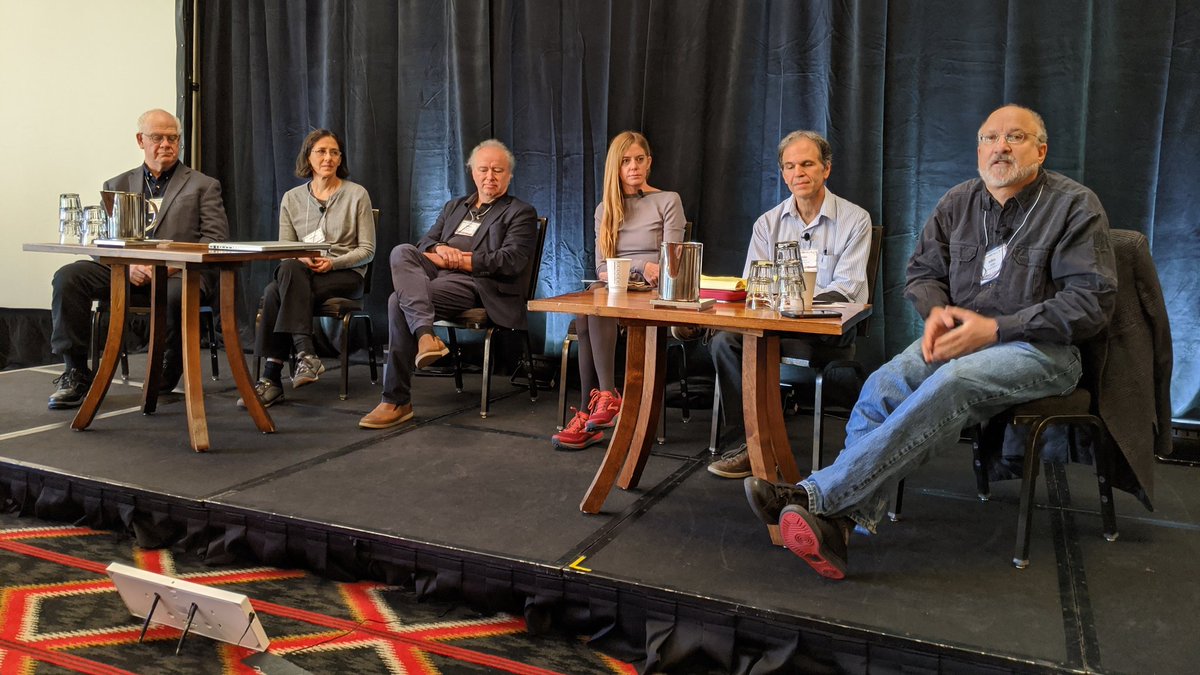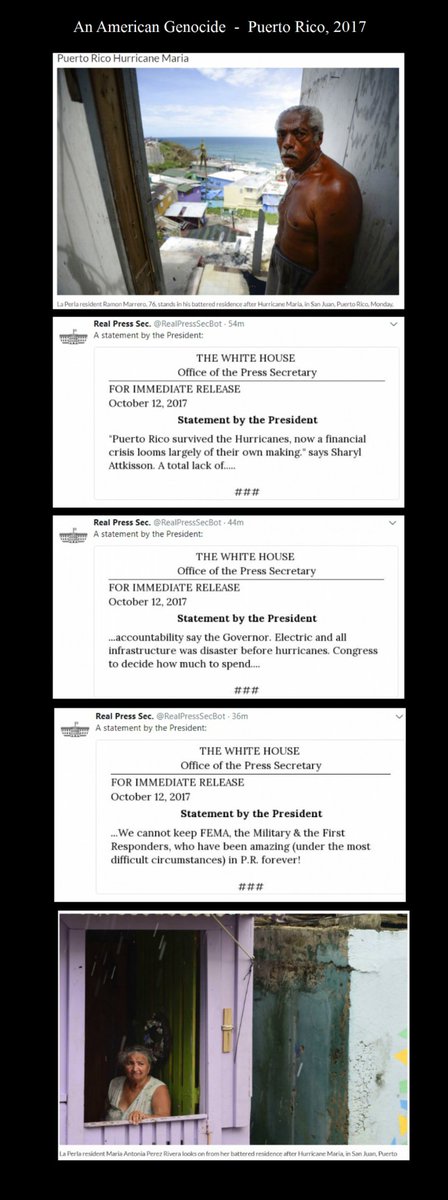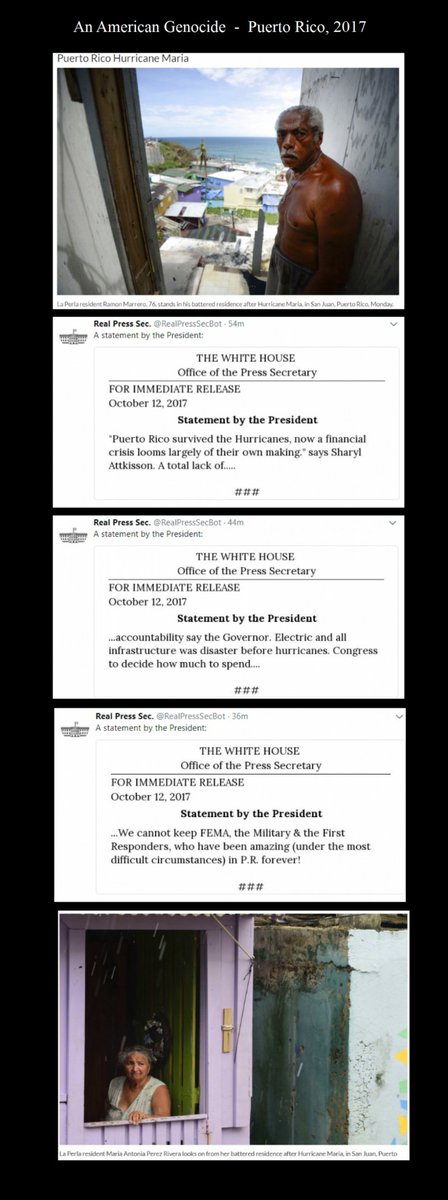A THREAD!
#epitwitter
1/n


But where in the DAG are those assumptions?
They are hidden in the negative space between nodes, taking the idea of being transparent about our assumptions very literally.
2/n
Hard to think critically about invisible things.
3/n
There are some schools of thought for "best practices" in theory, but the reality is pretty crazy.
4/n
Like did you know that the no unmeasured confounders assumption in epi is nearly identical in structure to the instrumental variables exclusion restriction?
5/n
DAGWOODs are a combo graphical overlay and corresponding list of the most critical assumptions in any causal inference model, and a framework for putting it all together in a practical package.
6/n
DAGWOODs add two layers on top of that: exclusion restriction pathways (ERPs) and misdirection or reverse pathways (MRPs).
7/n
Ya know all that stuff in the limitations sections that list confounders that might mess things up? Those are known unknown ERPs.
8/n
What if there was some kind of confounding or direct DAG-compatible pathway that the authors didn't think of, control for, write about, etc.?
That's an unknown unknown ERP! And we can generate them algorithmicly!
9/n
In many/most models, it's the MOST important (and least likely to hold) assumption.
10/n
What if your confounder is a collider?
What if you have reverse causality? Or hidden time nodes that represent multiple periods?
Enter: the MRPs!
11/n
Instead, they represent alternative ways your DAG could have been drawn. Again, totally generated by algorithm.
12/n
And we can list them!
Every causal model already has these assumptions built in; DAGWOODs pull them out of the negative space.
13/n
So now the author has a structure on which they can (and must) justify those model assumptions.
14/n
Then rerun the DAGWOOD algorithm and see what you get.
15/n
16/n
You can use DAGWOODs as the central component for some kind of causal inference review tool (hinty winky face).
17/n
They take a causal map, look at the oceans, and warn you "Here there be dragons."
All models rely on critical assumptions, DAGWOODs help us confront them directly.
18/n
More to come!
19/19






